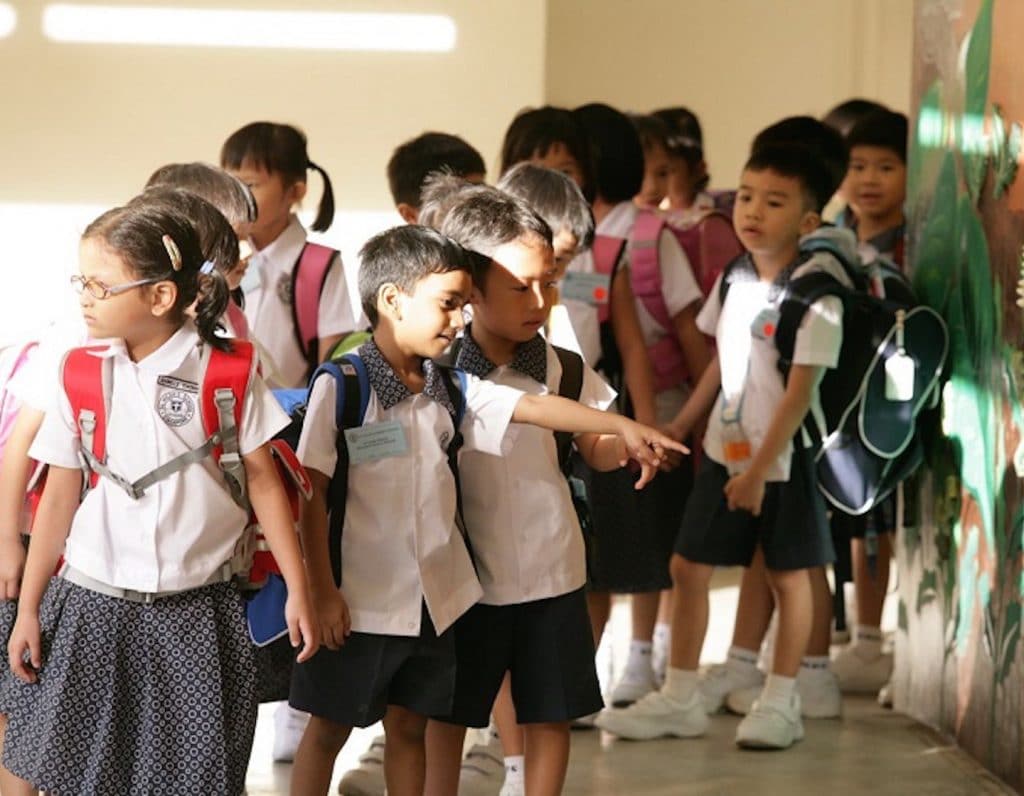
 Post Category - ParentingParenting
Post Category - ParentingParentingIt’s easy in Singapore to get caught up in picking the best primary school for our children. But what does “best” even mean, really?
Many people assume the “best” schools will be the ones that have brand-name recognition, the ones that fill up first during Phase 1 of registration, the ones you have to volunteer to get into and buy property within 1 km of the school.
In Singapore, “all schools are good schools”, as the saying goes. It’s the same curriculum so what’s the fuss about choosing a good school anyway? Of course, we all want our child to be happy, to feel included, to have friends and learn to become the best citizen possible. We are blessed to live in Singapore where every child who completes their daily classwork and assigned homework will ALL learn DAILY to read and write English fluently, advanced mathematics, and a foreign language. What if you wanted to take a more relaxed approach with the school choice and pick a school that takes holistic education seriously?
Read More: New MOE Guidelines for Primary 1 Registration in 2018
The first step is to stop listening to everyone’s opinions about what is a good school. All that is based mostly on rumour, innuendo and, sadly, some outdated stereotypes. Let’s take a more tactical approach to school choice.
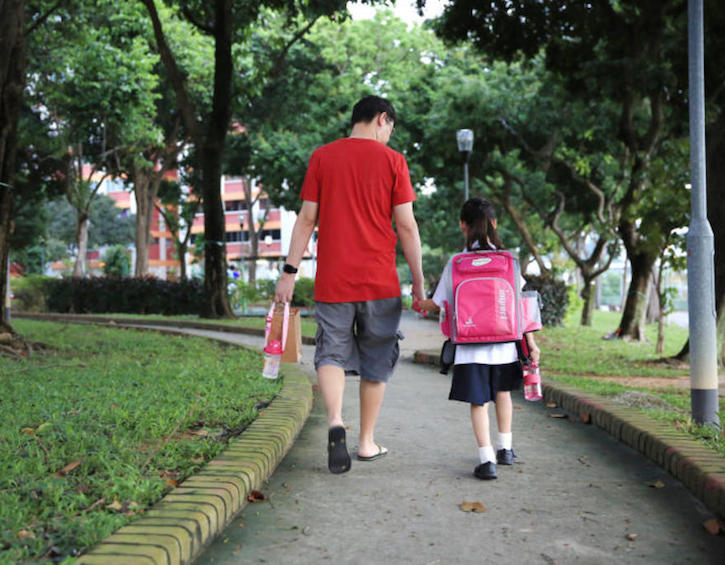
1. Location
Start by making a list of all the primary schools within 10km of your residence. Going to a school close to your residence will maximize sleep and lower transportation fees. Trust me when I tell you that more sleep is just about the best gift you can give a small child transitioning to primary school.
2. Inclusion
Take a look at the list of schools that have handicapped accessible facilities. This means the school will have thought and planned on how to include children with differences into the fabric of the school. There’s no way to bully-proof your child, and bullies are everywhere regardless of school and location. Instead of trying to find a magic school where the kids look mostly like your child, consider finding a school that cares deeply about inclusion and lives the value through action.
Read More: Why we chose local Singapore schools for our expat kids
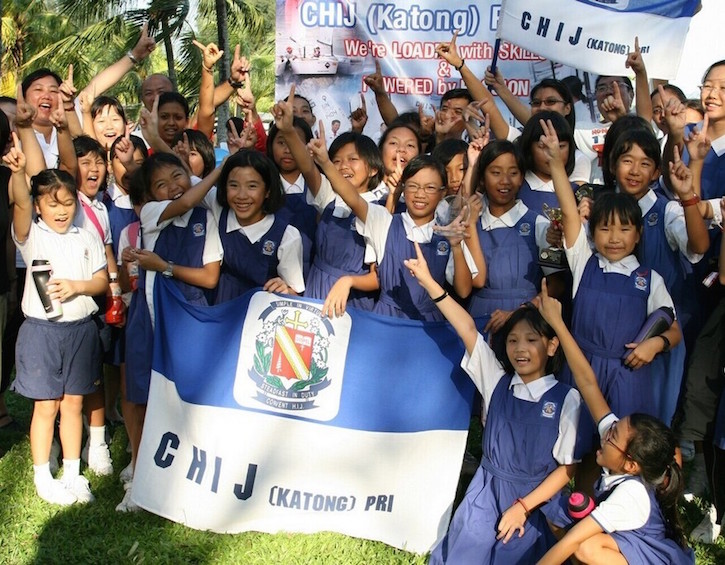
3. Religious values
The former mission schools teach the core academics of local school but infuse the culture of the school with a holistic approach and values-based education. The Catholic value of “educating the whole child” is a stand-out feature of the mission schools, and they have a reputation for being supportive, caring environments that balance the emotional needs of the children with the required academics. Non-religious families can opt out of Catechism and attend secular ethics lessons. Although some families find the religious influence too much for their family’s culture, it can be a fantastic fit for the family who wants a holistic approach to education.
4. Single Sex vs. Coeducation: Singapore operates several single sex primary schools. Many prefer this environment to allow children to grow and learn, whether because they’re freer from gender stereotypes or less distracted by the opposite sex. A single sex educational environment can be a unique and empowering experience for girls to become leaders, find their voice and achieve academically in an all-female space. However, if your family has both boys and girls, it might make sense to pick a co-ed school so that you can take advantage of sibling preference when the younger siblings register. It can certainly minimize stress to have all children in one school.
Read More: How These Local Primary School Kids Published Their Own Books
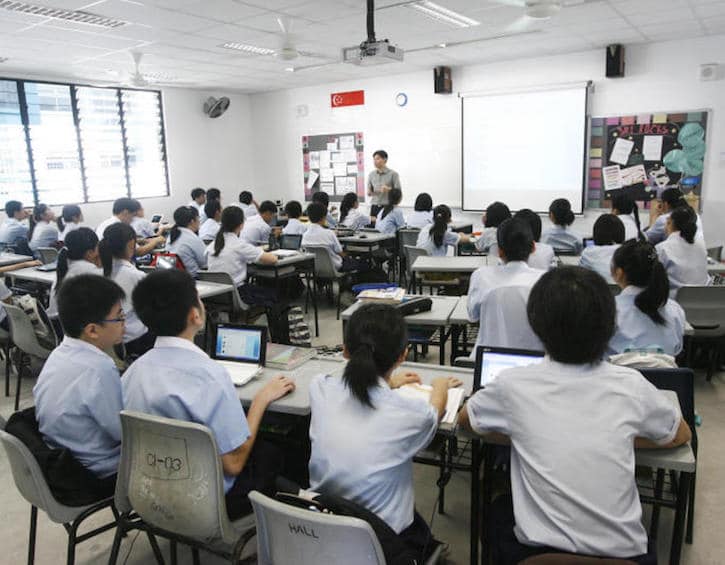
5. Secondary School Affiliation
About 30 primary schools in Singapore have a secondary school affiliation, and this gives your child an advantage if they choose to select the affiliated secondary school for registration. With every family wanting to maximize their options, this can certainly make grade 6 slightly less stressful during the PSLE experience. By selecting a primary school with an affiliation, you can take some of the anxiety away from the PSLE as the chance of admission to that secondary school is improved.
Bear in mind, however, that there are changes to the secondary school admission process and the secondary schools must reserve spots for non-affiliated students. All things considered, though, choosing a primary school with an affiliation gives additional options for secondary school choice.
6. Mother Tongue Language: Decide what mother tongue language your child will take – Mandarin Chinese, Tamil, Malay or a non-Tamil Indian language. Then select a school that teaches the language on campus. Families must dedicate outside time and additional expense to take an off-campus language – including a non-Tamil Indian language or the approved Mother Tongue in Lieu languages. Why not enable your child to learn their Mother Tongue language on campus during school hours? Click here for a list of language centres offering non-Tamil languages on campus.Consider avoiding a school that only teaches one Mother Tongue language. These schools will have a less diverse student body and may not be as inclusive as other communities.
Another note on cultural fit: Many families tend to seek out a school where the background of the other children is similar to their own child. Sociologists call this “out group avoidance.” Instead of finding a school where your child will blend in, consider a school where your child will be included. Learning how to get along with people who are different is an important life skill that when experienced as a child can be transformative.
We searched the MOE database of schools for ones that ticked all our boxes – accepting handicapped students, teaching all 3 mother tongue languages, and having a secondary school affiliation. Six schools came out on top of our analysis.
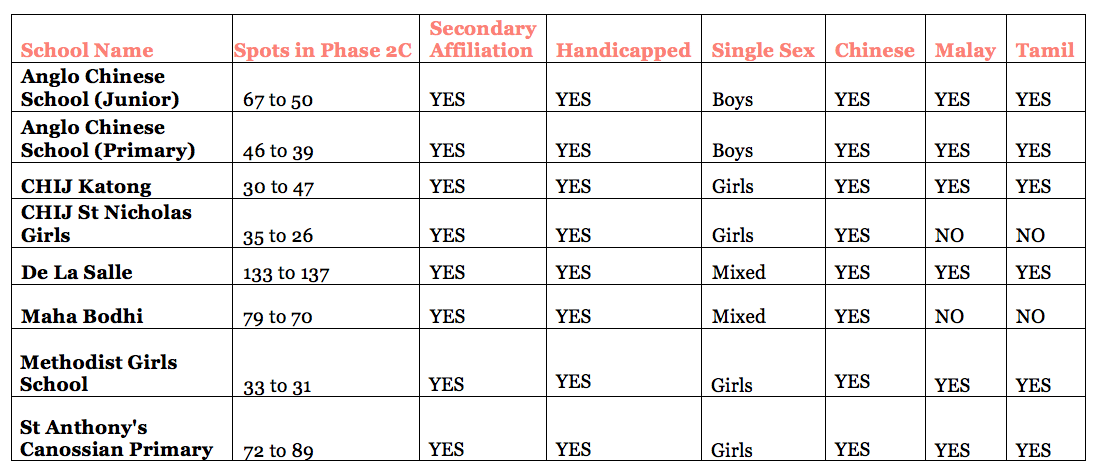
All schools that top our list happen to be religious schools, but this was not by design, rather an outcome of looking at only handicapped accessible schools, with affiliations, that teach all languages. For families looking to avoid a religious school, they can review the list of handicapped accessible schools and then sort by languages taught. MOE has a new school selector tool to help make searching easy.
Be sure to check the MOE school selector to determine the historical registration by phases to understand if your child has a good chance of securing a spot in our top pick schools. Families without siblings, alumni status, volunteer status, or clan/religious status will all register in phase 2C of the registration process. Pay attention to the schools that have a higher number of phase 2C registrations than others and consider your chances. If a school has many registrations for phases 1 to 2A, it is a popular school and one you may want to avoid if you are taking a low-pressure approach.
Good luck, mamas!






 View All
View All





 View All
View All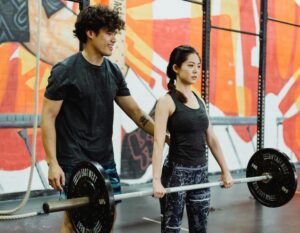






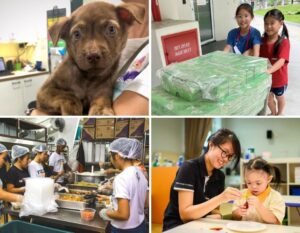




 View All
View All





